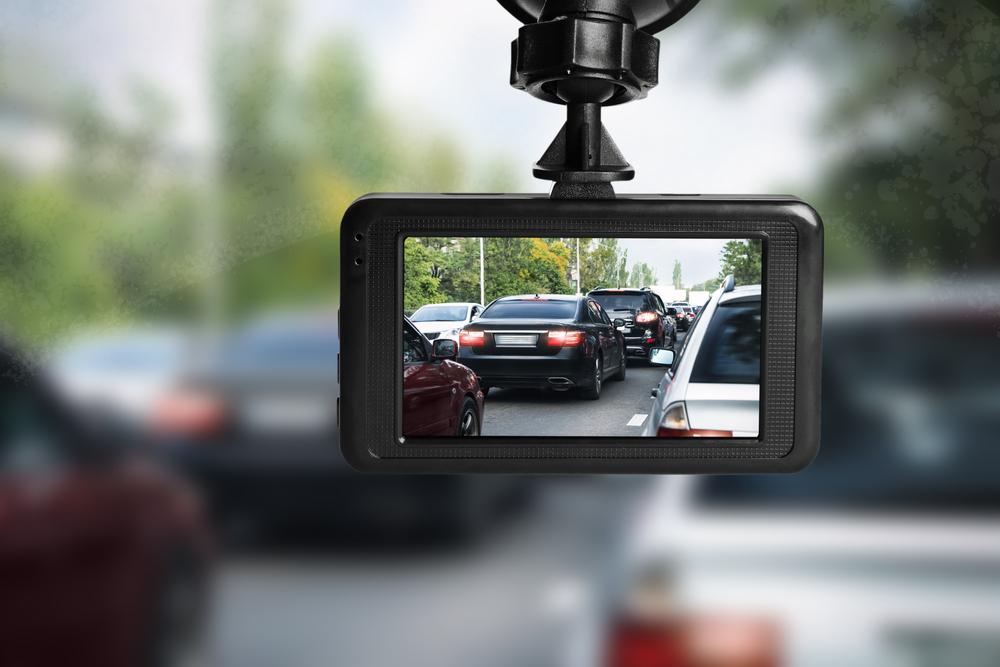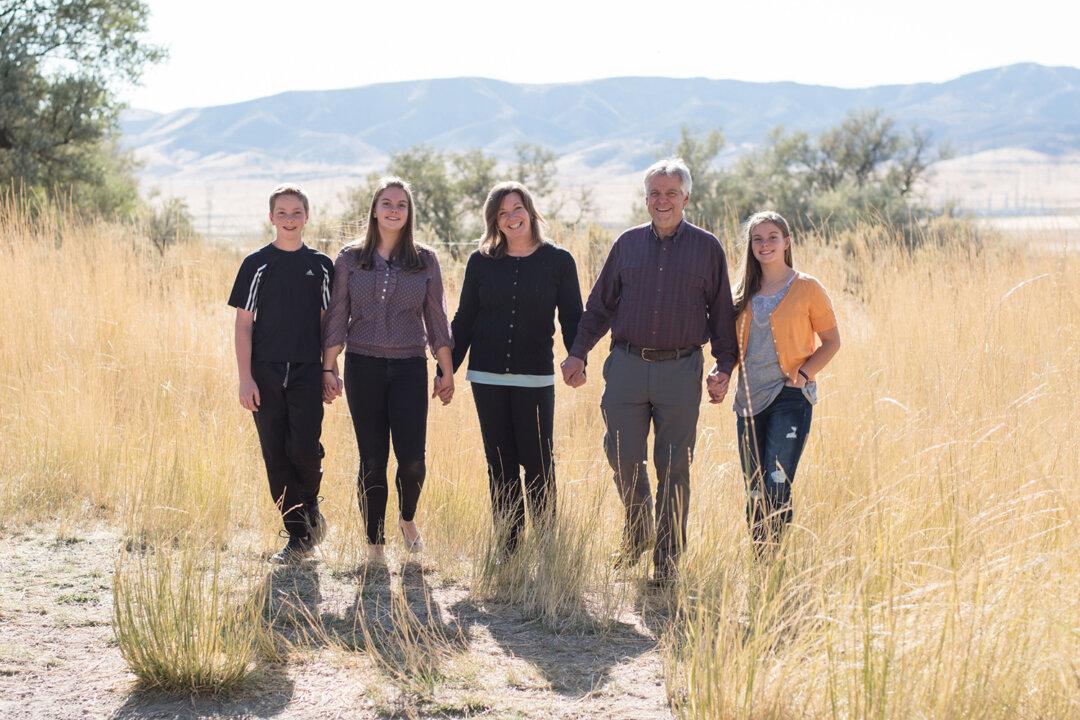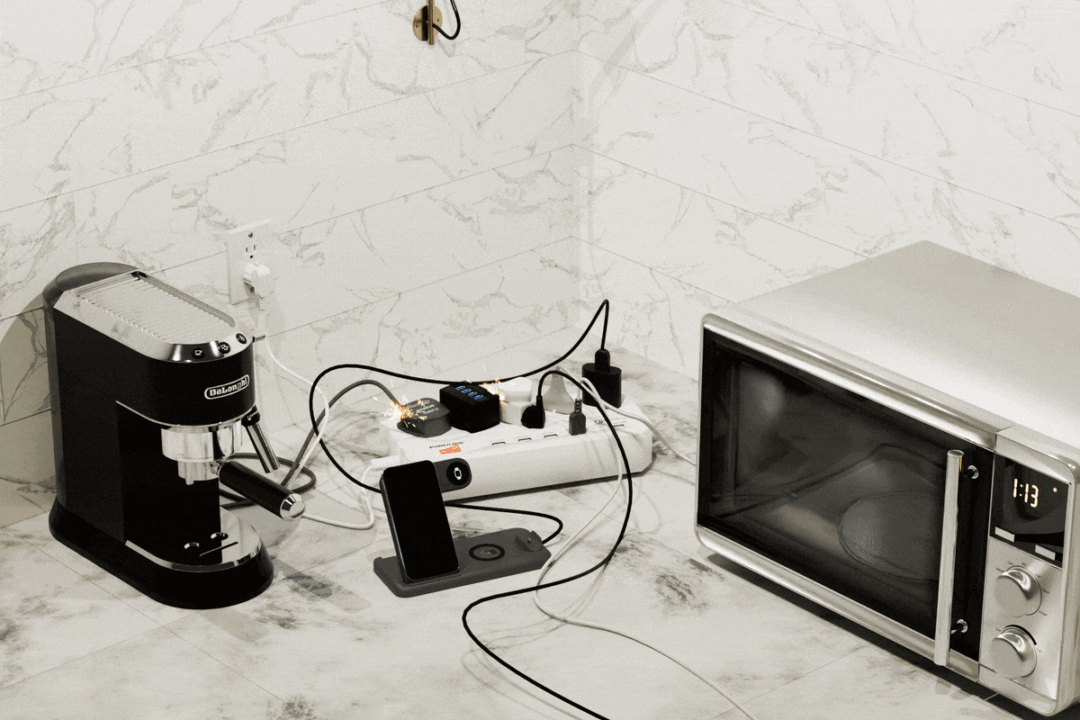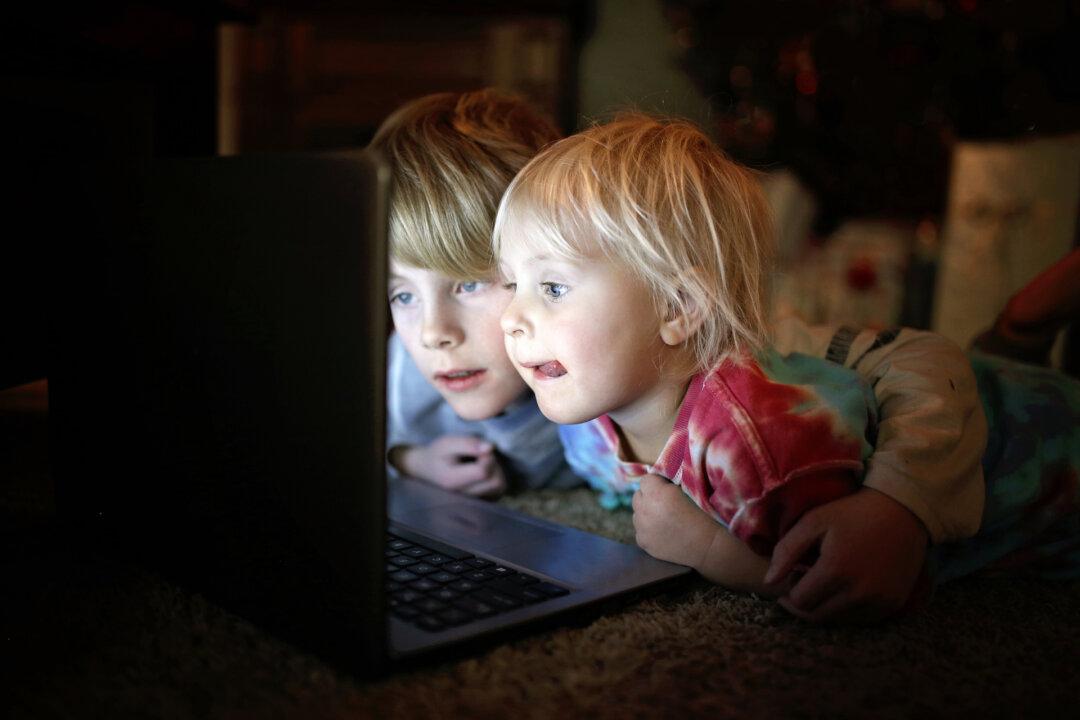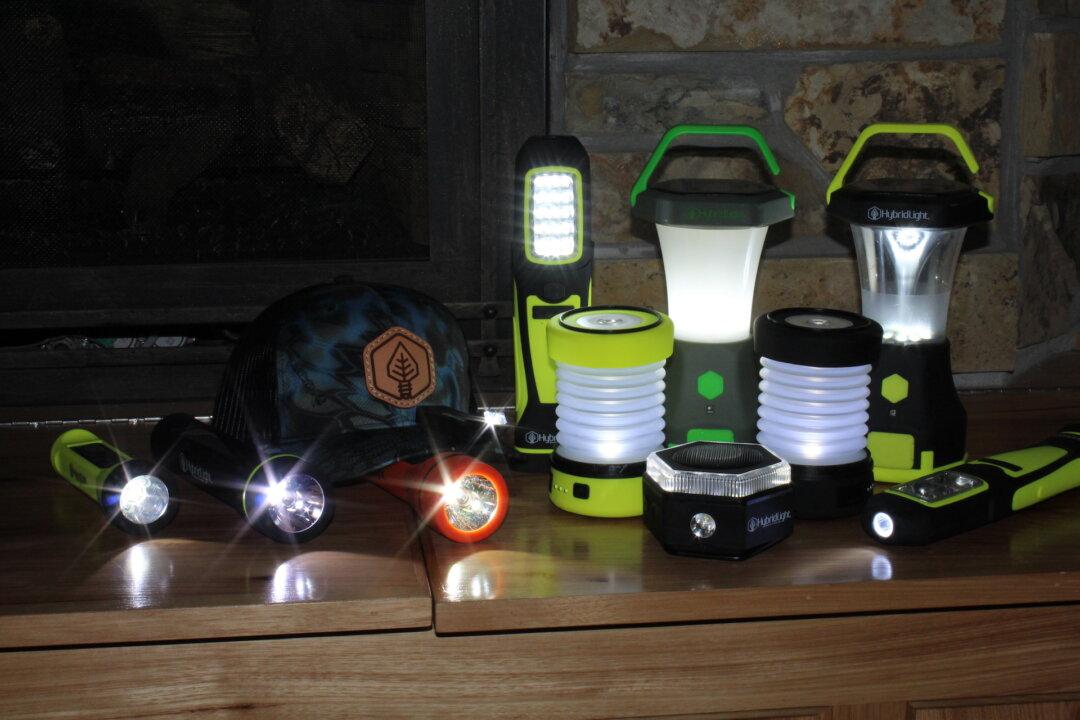It has long been the case that, in the event of an incident that leads to injury or property damage or worse, without witnesses, it can be challenging to determine which person’s story is accurate. Cameras that use film, sometimes called “tape,” are a thing of the past, as there are a wide variety of digital video cameras available that can record the scene and, in some cases, record audio as well to provide an unbiased record of what actually occurred, eliminating the “he said/she said” aspect.
These cameras can be used to monitor events in and around homes, record vehicles as they’re on the road or parked, and even provide documentation of personal interactions. The purpose of these cameras is primarily to document what took place, but the reasons to do so can range from entertainment to self-preservation. A quick search of YouTube videos reveals an immense offering of dashcam videos from all over the globe, as well as many videos of funny animal antics caught on home “doorbell cameras.”

